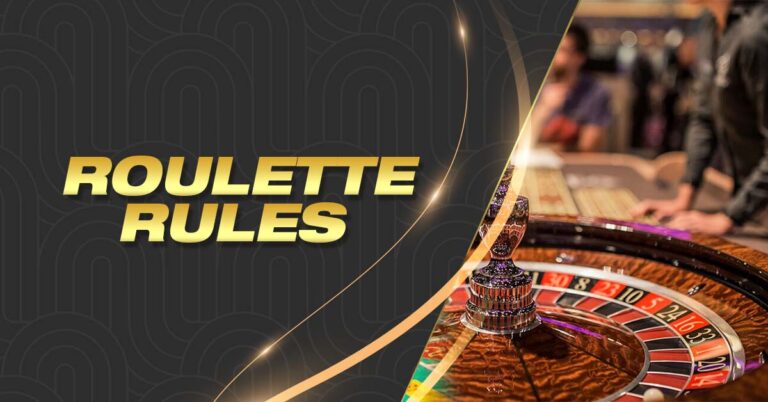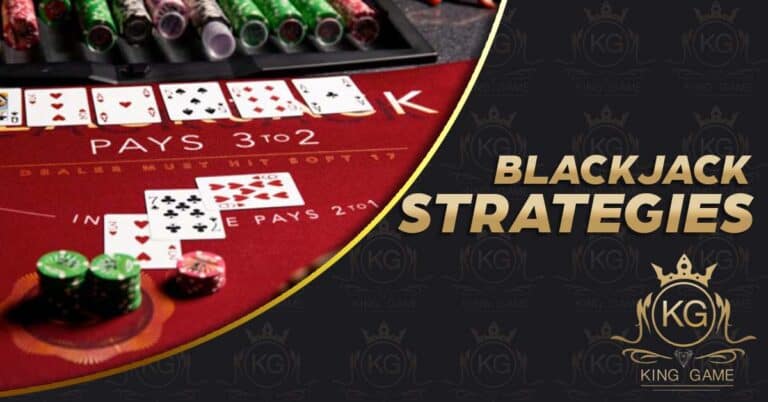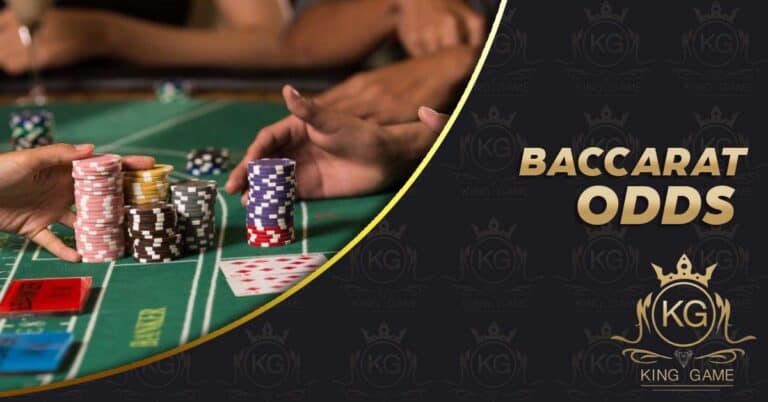Poker Strategies Unveiled: Dominate the Tables at KingGame
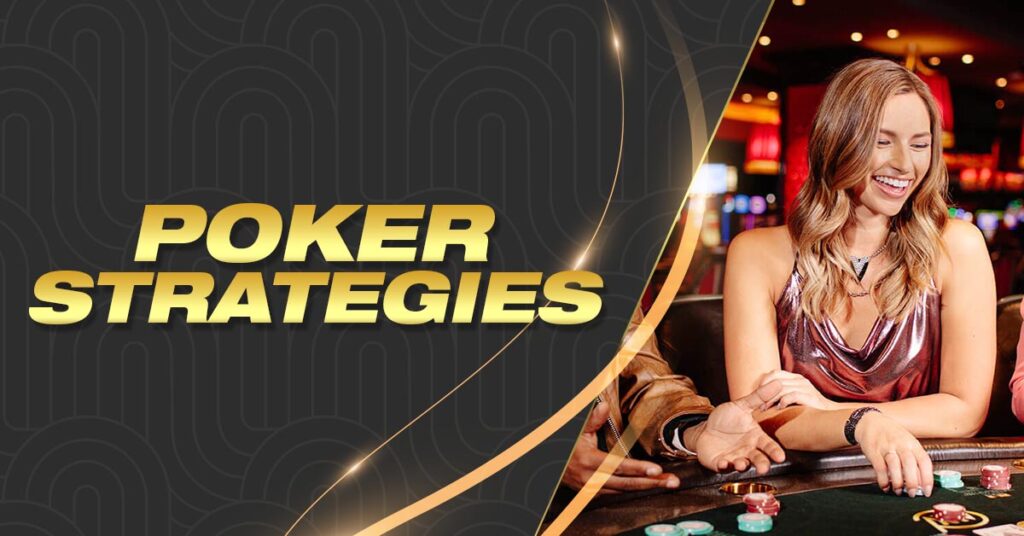
Poker strategies, as implemented by players on KingGame, encompass a spectrum of tactics and techniques designed to increase their chances of success in the game. These strategies involve a combination of decision-making skills, psychological maneuvers, and a thorough grasp of the game’s rules and probabilities. They encompass various aspects, including hand selection, betting methods, analyzing opponents, managing bankrolls, and adapting to different game scenarios and variations. The ultimate goal of these strategies is to consistently make advantageous choices, whether in cash games or tournaments, all with the aim of achieving long-term profitability.
Mastering Hand Rankings: A Key Element of Poker Strategies

In poker, knowing hand rankings is crucial for making smart decisions. Here’s a breakdown of these rankings:
Royal Flush
The best hand, consisting of Ace, King, Queen, Jack, and Ten of the same suit.
Straight Flush
Five consecutive cards of the same suit, with the higher top card winning in a tie.
Four of a Kind
A hand consisting of four cards of identical rank, accompanied by one card of a different rank. The higher set of four cards wins in a tie.
Full House
A hand with three cards of the same rank and two cards of a different rank. The player with the higher three cards wins if tied.
Flush
A hand consisting of five cards of the same suit that are not in consecutive order. The highest-ranking card breaks ties.
Straight
Five consecutive cards of different suits, with the higher top card winning in ties.
Three of a Kind
A hand comprising three cards of identical rank, along with two cards that are not related to the three of a kind. The higher set of three cards wins if tied.
Two Pair
Two sets of pairs with the same rank. The higher top pair wins in case of ties.
One Pair
One pair of cards with the same rank, plus three unrelated cards. The higher pair wins if tied.
High Card
When no other hand is made, the player with the highest-ranking card wins, with further cards breaking ties if needed.
Becoming Proficient in Choosing Starting Hands
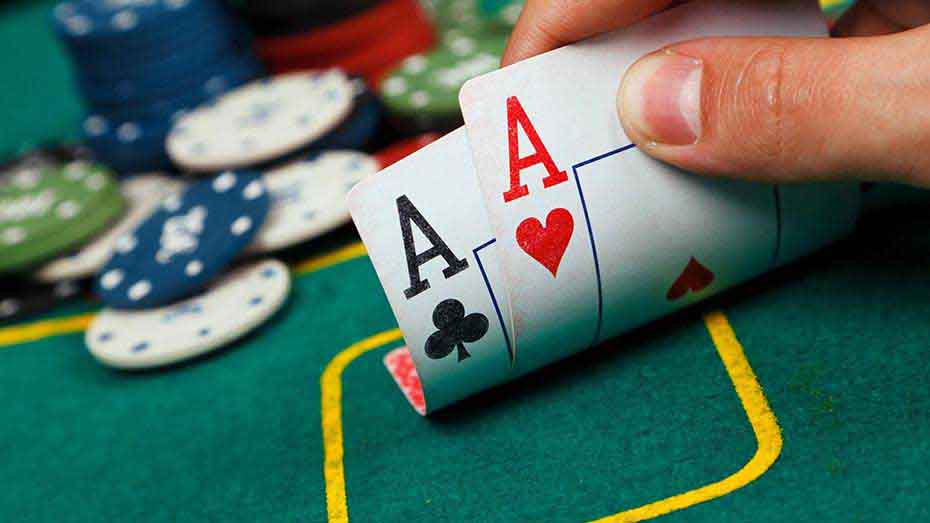
In poker, a crucial choice is deciding to play a hand or fold before betting begins. This depends on your starting hand, and knowing which ones to play is vital for success. Premium hands, like Aces, Kings, Queens, and Ace-King suited, are the best to start with.
Strong Pairs
Pairs of high-ranked cards such as Aces, Kings, and Queens are excellent starting hands. They provide opportunities to create powerful hands like three of a kind, a full house, or even four of a kind.
High-Value Consecutive Cards of the Same Suit
Having cards of the same suit in consecutive order, like 10-J, J-Q, or Q-K, can potentially result in flushes or straights. It’s advisable to play these cautiously due to their potential for a big payoff.
Big-Little Suited Combinations
Cards like A-2, A-3, and A-4 of the same suit offer the chance to form flushes and straights. However, be careful with these hands, as they can lead to weaker two-pair or one-pair hands if not managed wisely.
Face Cards and Medium Pairs
Hands like Q-Q, J-J, and 10-10 can be played with caution, keeping in mind that larger pairs are stronger. Medium card pairs such as 9-9, 8-8, and 7-7 may be worth considering based on the table dynamics.
High Cards of the Same Suit
High cards like A-K, A-Q, and A-J of the same suit hold the potential for strong hands. These hands are worth evaluating, but be mindful not to overestimate their strength.
Suited Aces with Smaller Cards
Combining an Ace with a smaller card of the same suit, like A-5 or A-6, opens up possibilities for flushes and straights. These hands can be strategically played.
Position Awareness: Maximizing Your Poker Strategy

Position awareness in poker means understanding how where you sit at the poker table affects your game. Your position influences the hands you should play, the bets you make, and how well your poker strategies work. Here’s a look at position awareness in poker:
Early Position
If you’re one of the first to act (seated to the left of the dealer), you have less info about what others will do. Stick to strong hands like big pairs and good cards, and avoid risky hands.
Middle Position
Players in the middle get a bit of both advantages and disadvantages. You know what early players do but not late players. Play decent hands like high connectors and medium pairs. Adjust based on nearby players.
Late Position
Seats like the dealer button are great. You act last, giving you more info. You can play a wider range of hands like suited connectors, lower pairs, and high cards. You can also steal blinds and bluff more.
Blind Positions
Small and big blinds are forced to bet without seeing cards, so be cautious. Focus on the best hands, but defend your blinds if others try to take them.
Button Play
Being the dealer button is super advantageous. You act last after the flop, so you have lots of info. You can play more hands, steal blinds, and pressure opponents.
Table Dynamics
Consider how others play. Tight players have strong hands; loose players play more. Adapt your approach according to the playing methods of your opponents.
Adapting to Position
Be flexible. Tighten up early, expand your range late, and balance in the middle. Use your position to bluff, bet smart, and win more pots.
Dominating Poker Betting Strategies

In poker, betting strategies are important methods players use to control their bets and increase their chances of winning. Whether you’re playing different types of poker like Texas Hold’em or Omaha, knowing when and how to bet is very important for winning. Let’s look at some betting strategies that can make your poker game better.
Value Betting
This tactic involves betting more when you have a strong hand to get more chips from opponents who may have weaker hands.
Bluffing
Bluffing means pretending to have a strong hand with aggressive bets, even when your hand is weak, to make others fold better hands.
Slow Playing
Slow playing is when you have a strong hand but make smaller bets to trick opponents into betting more before revealing your hand’s strength.
Continuation Betting (C-Bet)
This strategy involves betting on the flop after raising before the flop, regardless of your hand’s strength, to maintain control.
Check-Raising
Check-raising is checking at first to later raise after an opponent bets, making them invest more chips.
Over-Betting
It’s when you bet more than the current pot size to intimidate opponents and potentially make them fold.
Pot Control
Pot control means making smaller bets or checking with medium-strength hands to avoid losing too many chips.
Polarized Betting
This approach alternates between large bets with strong hands and small bets with weaker hands, making it hard for opponents to guess your hand’s strength.
Float Betting
Float betting involves calling a flop bet with a weak hand, planning to make a bigger bet later to win the pot if your opponent checks.
Sizing Your Bets
Adjusting your bet size based on the situation and opponent’s tendencies is essential. Small bets can invite calls from weaker hands, while larger bets can discourage opponents.
Bankroll Management
Managing your bankroll wisely means setting limits on how much you’re willing to bet to avoid risking more than you can afford to lose.
Diverse Poker Strategies: Aggressive to Balanced Approaches
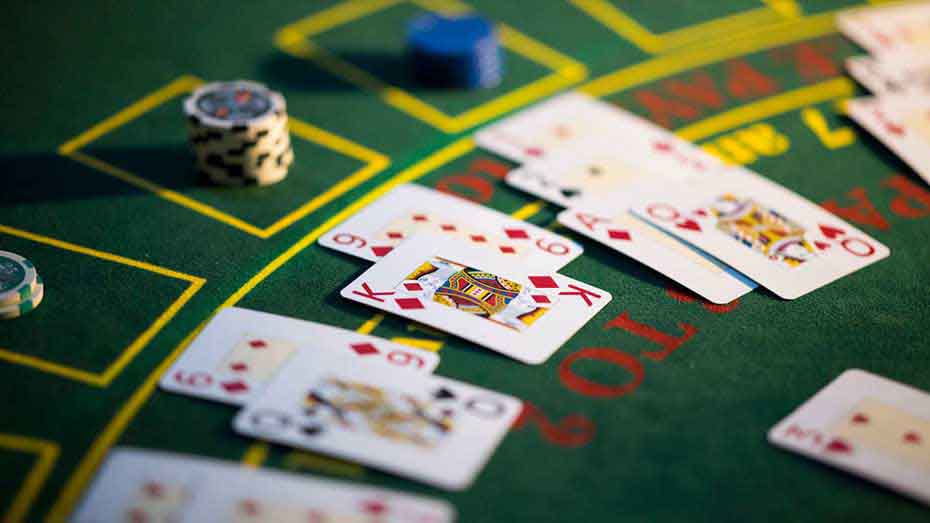
In the world of poker, players have various strategies they can use based on their style, the situation, and their opponents. Here are some main poker strategy types:
Tight-Aggressive (TAG) Strategy
This tactic involves playing strong hands selectively (tight) and being aggressive when you have a strong hand. TAG players aim to capitalize on opponents’ errors and get the most from their strong hands.
Loose-Aggressive (LAG) Strategy
In contrast to TAG, LAG players play a broader range of hands (loose) and aggressively bet and raise. They use their unpredictability to pressure opponents and exploit their mistakes.
Tight-Passive Strategy
Tight-passive players play a limited range of strong hands and tend to avoid aggressive betting. They often call and check more than they raise. This strategy relies on taking advantage of opponents’ mistakes rather than putting pressure on them.
Loose-Passive Strategy
Loose-passive players play many hands but seldom bet or raise. They usually call or check, hoping to see cheap flops and improve their hands. This strategy is less popular among successful players, as it’s often less profitable over time.
Balanced Strategy
A balanced strategy involves mixing up your play to keep opponents guessing. You play both strong and weaker hands in a way that makes it hard for opponents to predict your actions, reducing predictability.
GTO (Game Theory Optimal) Strategy
GTO strategy aims to play in a way that opponents can’t exploit, following a balanced approach that makes it challenging for them to gain an advantage. It involves making mathematically sound decisions in various scenarios.
Table Image Strategy
This approach focuses on creating a specific image at the table to influence opponents’ decisions. A tight image might be used to exploit loose players, while an aggressive image can push opponents to fold when you bet.
Understanding Pot Odds in Poker

Pot odds are a crucial idea in poker that aids in determining whether a particular decision, like calling or raising, makes mathematical sense in the long run. By calculating pot odds, you can make wiser choices and enhance your overall poker strategy. In this discussion, we’ll delve into what pot odds are, how they’re computed, and how to apply them effectively.
Defining Pot Odds
Pot odds denote the ratio between the present pot’s size and the cost of a potential call. Essentially, they inform you of the potential return on your investment if you opt to call a bet. Pot odds are usually expressed as a ratio (e.g., 2:1 or 3:2) or as a percentage.
Calculating Pot Odds
To compute pot odds, follow these steps:
- Establish the current pot size, which encompasses all bets and the amount required for your call.
- Determine the cost of your call (the bet necessary to remain in the hand).
- Divide the pot size by the cost of your call to obtain the pot odds ratio.
Pot Odds Example
Suppose the pot holds $100, and your opponent places a $20 bet. To determine the pot odds, divide the pot size ($100) by the cost of your call ($20), resulting in pot odds of 5:1.
Utilizing Pot Odds
Once you’ve figured out the pot odds, you can compare them to the odds of completing your drawing hand. If the pot odds surpass your drawing odds, it’s generally profitable to make the call. If the pot odds fall short of your drawing odds, folding is typically the correct choice.
Implied Odds
In addition to pot odds, considering implied odds is crucial. Implied odds factor in potential future bets and winnings if you hit your drawing hand. If there’s a good chance of winning more chips in future betting rounds, it can justify a call even if the pot odds alone don’t seem favorable.
Practice and Experience
Becoming proficient at calculating and employing pot odds requires practice and experience. Over time, you’ll gain a better grasp of when to call, fold, or raise based on pot odds and implied odds. It’s a valuable skill for both cash games and tournaments.
FAQs
Conclusion
In summary, poker strategies are vital for success in both live casinos and live poker rooms, whether you’re in cash games or tournaments. These strategies encompass diverse techniques, such as hand selection, betting tactics, and opponent analysis, all underpinned by adaptability to various situations. Both live casinos and live poker rooms provide dynamic platforms to hone these skills, engage with a global poker community, and elevate your game. Whether you’re a novice or a seasoned pro, these environments offer endless opportunities for growth, competition, and the pursuit of becoming a successful poker player.








